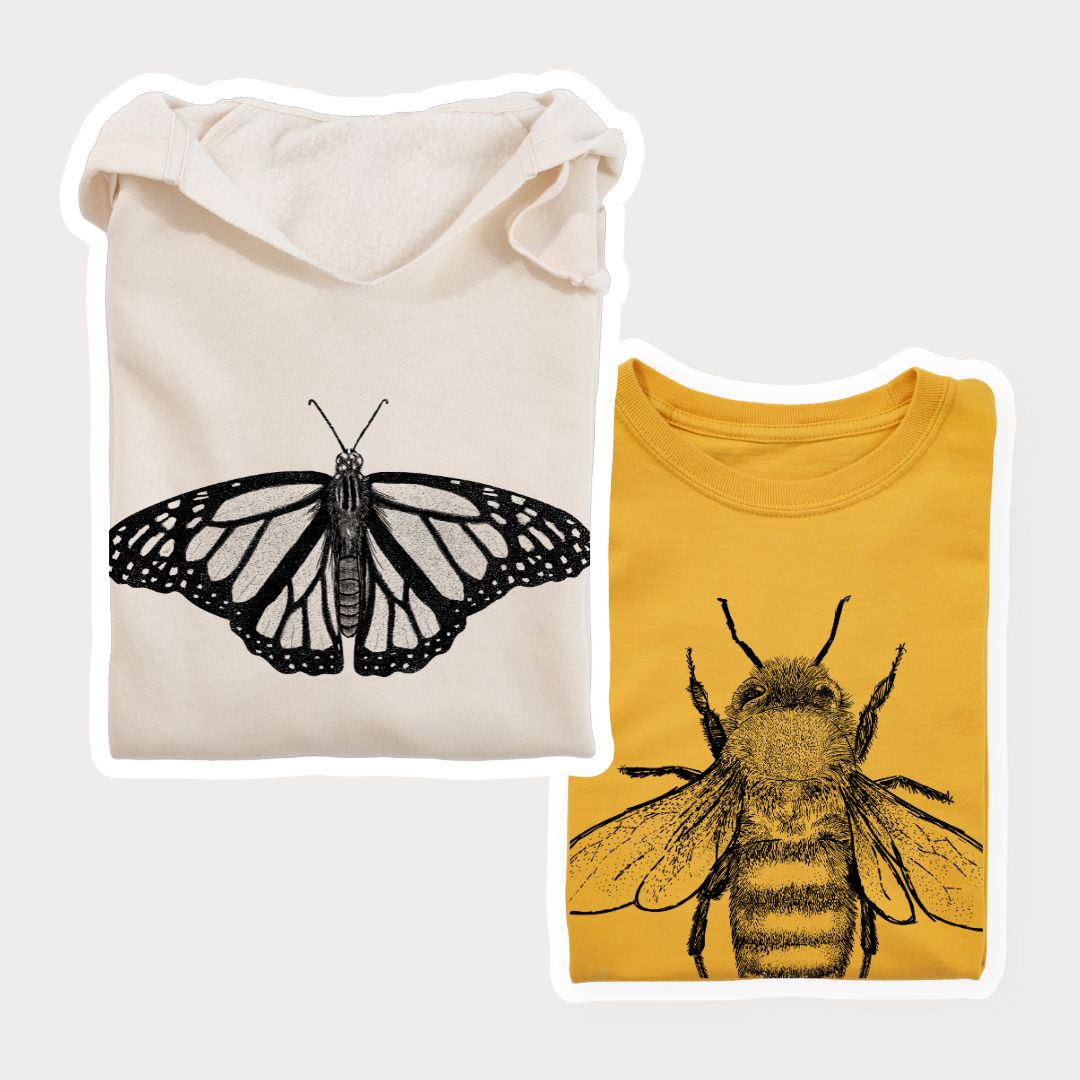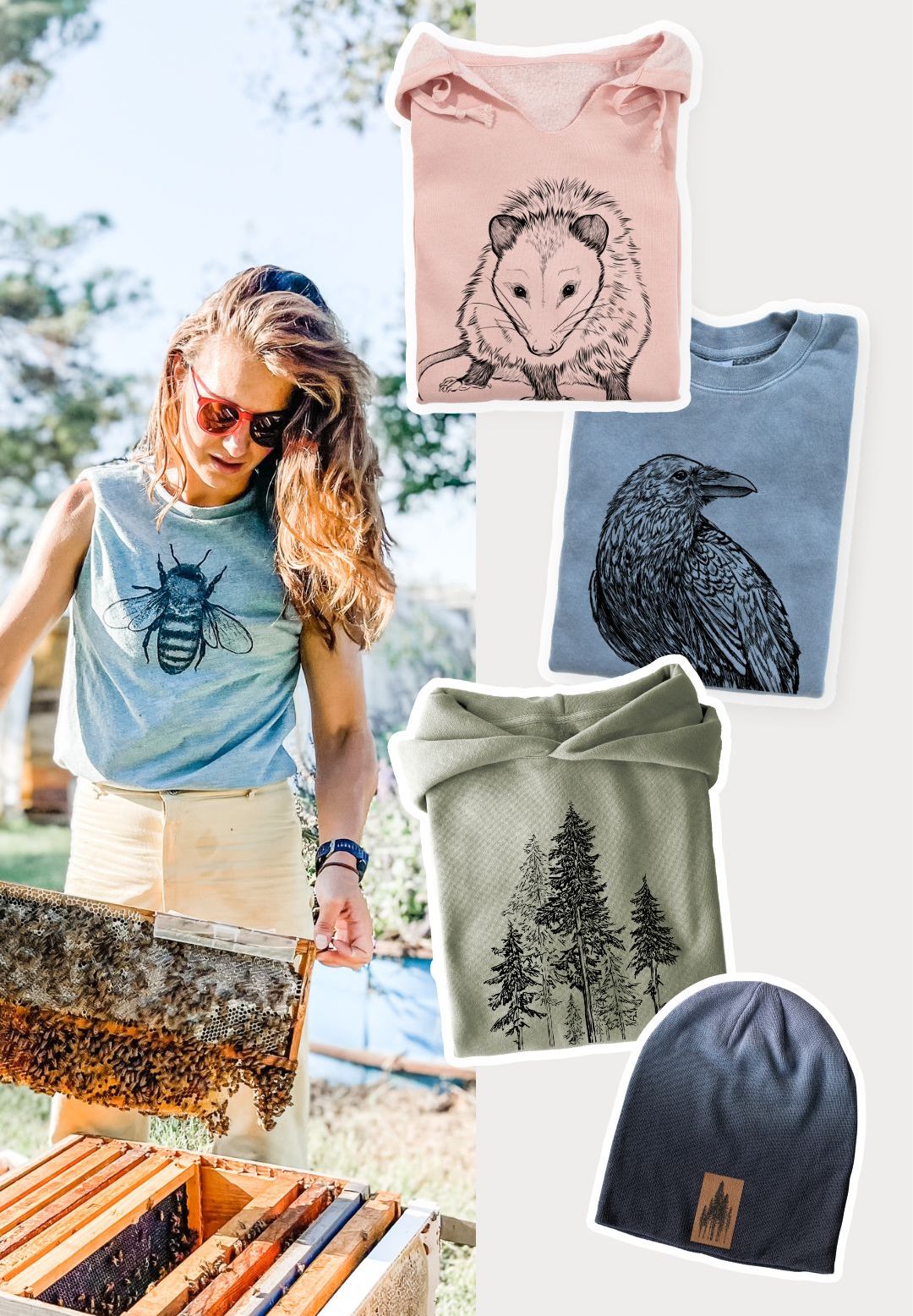Are Pacific Tree Frogs Poisonous?
Alright, frog fans and curious clickers, let's jump into a question that's been hopping around the internet: Are Pacific tree frogs poisonous? Whether you've spotted one chilling on a leaf during your morning hike or you're just a frog-lover looking to brush up on your amphibian trivia, we're here to clear the lily pad of confusion.

Meet the Pacific Tree Frog
First, let's get to know our guest of honor: the Pacific tree frog, also called the Pacific chorus frog (fancy stage name, we know). Native to the West Coast of North America, from the tip of British Columbia down through California and even Baja Mexico, these frogs are the ultimate adaptable adventurers. You'll find them in forests, wetlands, deserts, and backyards, and they will probably star in your nature photos if you've ever hiked in the spring.
They're tiny (usually around 1 to 2 inches long), big on personality, and famously noisy. Do you know those classic "ribbit" frog sounds from cartoons? Yeah, that's them, the voice of a generation.
Now, let's jump into the burning question: Are they toxic?
Are Pacific Tree Frogs Poisonous?
Short answer: Nope. Pacific tree frogs arenot poisonous to humans.
They're one of the many adorable, harmless amphibians out there. Touching one won't harm you (though they'd probably prefer you didn't), and they're not secreting any dangerous toxins that'll have you calling the ER. They're more likely to pee on you from fear than cause any actual harm. (Hey, we all panic differently.)

Wait, What About All Those Poison Frogs I've Heard About?
Great question! Not all frogs are created equal. Some species, like the infamous poison dart frogs from Central and South America, do pack a potent punch with skin toxins. But those frogs get their superpowers from their diet in the wild, which is something Pacific tree frogs don't share. So unless your local frog orders poisonous ants for dinner via DoorDash, you're good.
Pacific tree frogs have mild skin secretions, but these are meant for them, not you. It's more about preventing bacteria or parasites from setting up shop on their damp little bodies. At worst, you might feel a tiny irritation if you've got super sensitive skin or an open wound. But this is rare. As with any wild critter, washing your hands after handling is a good idea, but you don't need a hazmat suit.

But What About Pets?
While Pacific tree frogs aren't deadly, their skin might cause some mild digestive upset if your dog or cat decides to turn them into a snack. Symptoms like drooling, foaming at the mouth, or minor vomiting aren't unheard of. But we're talking mild regret, not a full-blown poison emergency.
Still, if your pet munches on a frog, it's best to call your vet just to be safe. Frogs don't like being part of anyone's lunch menu.
Nature's Little Actors
Fun detour: Did you know Pacific tree frogs can change color? They're not full-on chameleons, but they can shift between shades of green and brown to blend into their surroundings. This isn't a mood ring situation, more like adaptive camouflage. It's one of the coolest (and most underrated) frog tricks out there.
Honestly, with this level of talent and the vocals to match, it's shocking they haven't landed a Pixar deal.

What They Do Bring to the Table
Just because they're not poisonous doesn't mean they're not powerful. Pacific tree frogs play a significant role in their ecosystem:
- Bug control heroes: They snack on insects like mosquitoes, flies, and spiders. So yes, your patio is better off with them around.
- Snack for others: Birds, snakes, raccoons — you name it, someone wants to eat these frogs. They're an essential link in the food chain.
- Indicators of ecosystem health: Because they breathe partially through their skin, frogs are super sensitive to pollution. If they're thriving, it's usually a good sign that the environment is, too.
Not toxic. Totally terrific.
Can You Keep One as a Pet?
Technically? Yes. But ethically? Let's hop on this one carefully.
While it's legal in some areas to keep Pacific tree frogs,it's best to leave wild frogs in their wild habitat. They've got work to do (see above: bug control, ecosystem balance, calling out like tiny jazz musicians at dusk). Also, wild-caught frogs can be stressed in captivity and often don't thrive. If you're frog-obsessed (understandable), consider responsibly bred pet frogs through licensed breeders.
If you want to see more frogs, consider creating afrog-friendly garden with water features, native plants, and no pesticides. You'll enjoy their nighttime songs without ever needing a terrarium.

Final Croak—er, Thoughts
Let's sum it up:
- Pacific tree frogs are NOT poisonous to humans.
- Keep pets from snacking on them (frogs don't come in pet-friendly flavors).
- They're essential, awesome, and deserve a standing ovation (or at least a respectful "ribbit").
- Wash your hands after handling, just like after petting a dog or eating hot wings.
These frogs aren't here to hurt you, they're here to sing, snack, and serve up some eco-goodness. Whether they're hiding in your backyard pond or belting it out like little green divas on a spring evening, one thing's for sure:
They're not dangerous, just toad-ally delightful.
P.S. Inspired to celebrate the wild side of life? We've got frog tees that shout out your love of nature without saying a word. Because frogs, facts, and fashion should coexist peacefully.
















Leave a comment (all fields required)